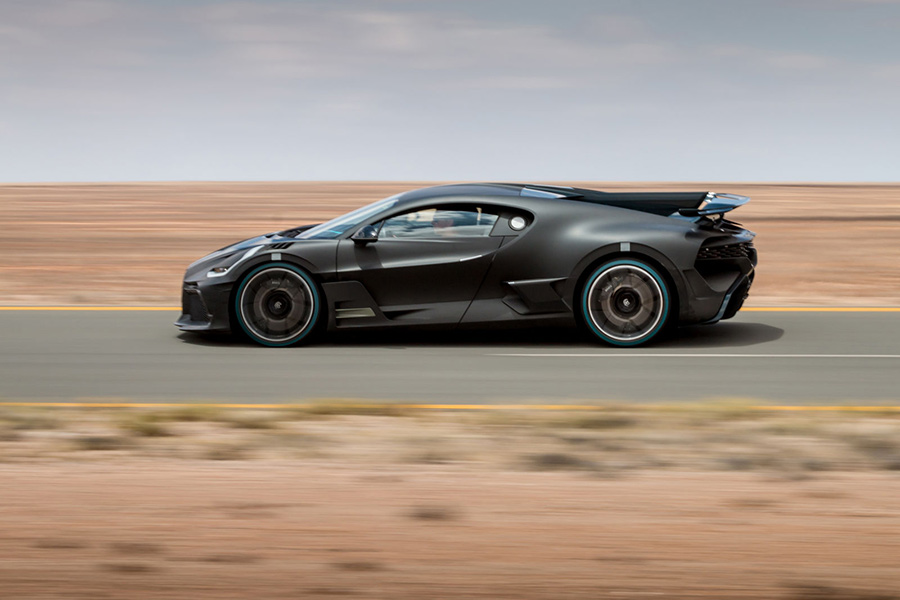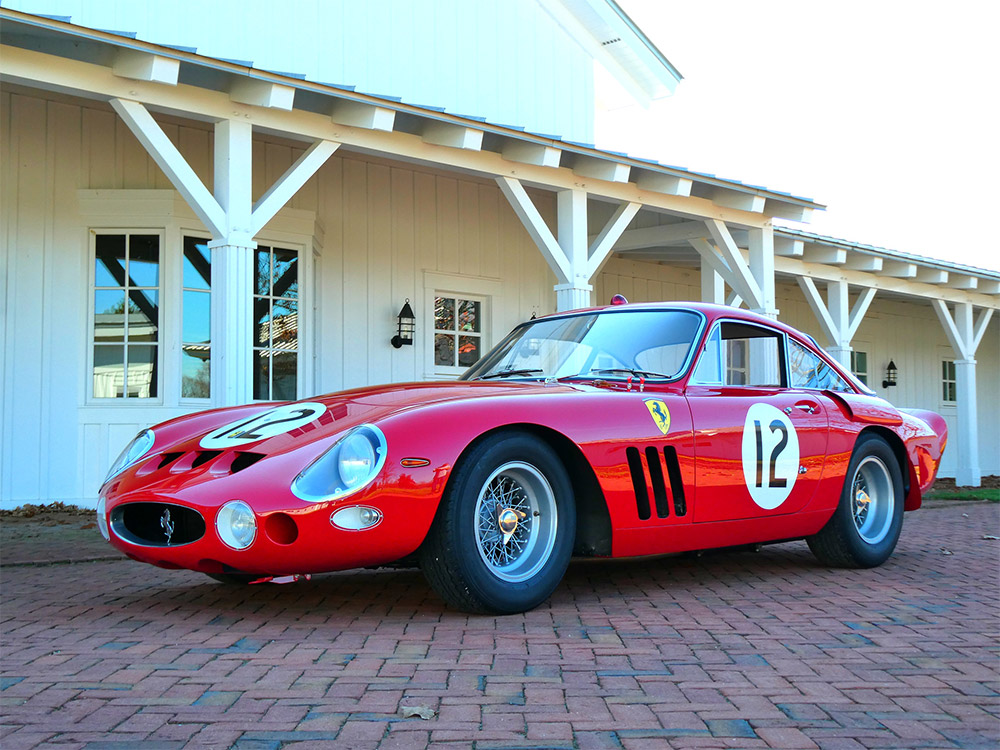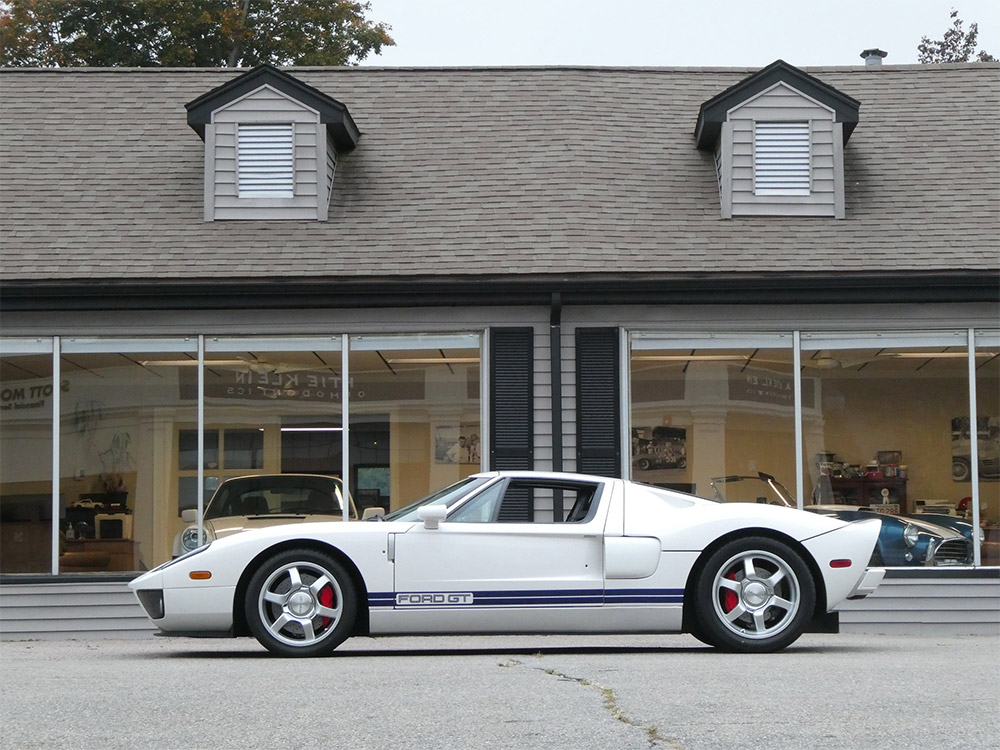Exceptionally crafted, striking in character, strictly limited and with completely different handling performance – this is an entirely unique project: the Divo is truly one of the most breathtaking and exclusive hyper sports cars of modern times. After a rigorous two-year development period, the first models of the coveted small series are now being delivered to customers. A look back at the challenging process of technical development.
“With the Divo, Bugatti is reviving a long-forgotten coachbuilding tradition. The limited and extremely high-performance hyper sports car has its own exclusive character, features enhanced lateral acceleration, agility and cornering characteristics and is an absolute must-have for any Bugatti enthusiast’s hyper sports car collection. With the new design of the Divo and its completely different handling performance, we have succeeded in creating a true masterpiece of automotive craftsmanship that fully revives our long-standing tradition of coachbuilding,” says Stephan Winkelmann, President of Bugatti with pride. Bugatti will build only 40 of the unique Divo – at a net unit price of 5 million euros.
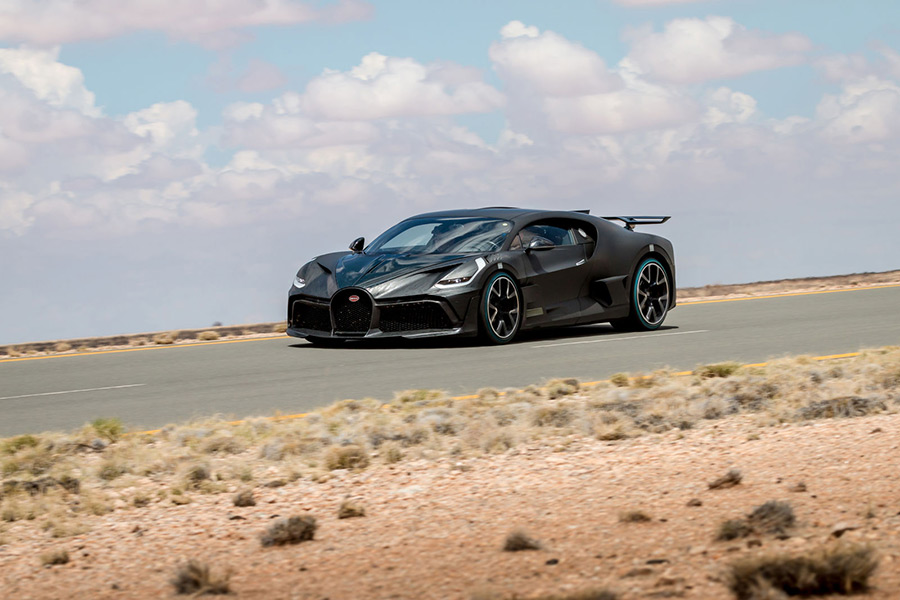
This means that a challenging development process lasting almost two years is now entering its final phase. “At the beginning of 2018, our aim was to to develop a particularly sporty vehicle as the first project under the leadership of new Bugatti President Stephan Winkelmann. We had lengthy discussions – and above all we listened to our customers. Some of them were longing for an agile and corner-hungry car. That’s definitely what the Divo has turned out to be,” says Pierre Rommelfanger, project manager for limited edition models at Bugatti. A short time later, a small team of experts began development. The goal they set themselves: the Divo was to be very different from the Chiron2 – even more exclusive and designed to be more sporty and agile on bends, though without sacrificing comfort and supremacy. A great challenge.
Within a few months an initial design model was created and presented to Chiron owners in Molsheim, France, with explanations provided in one-on-one discussions. “Every Divo customer owns a Chiron, knows what the brand stands for and is a true Bugatti enthusiast. Our customers instantly understood the sporty approach of the Divo and supported our project,” says Stephan Winkelmann proudly. The response has been overwhelming: all 40 Divo cars planned will immediately go to a new owner. “This is a great confirmation for the Bugatti team, who have developed this outstanding vehicle with a huge amount of heart and soul.”
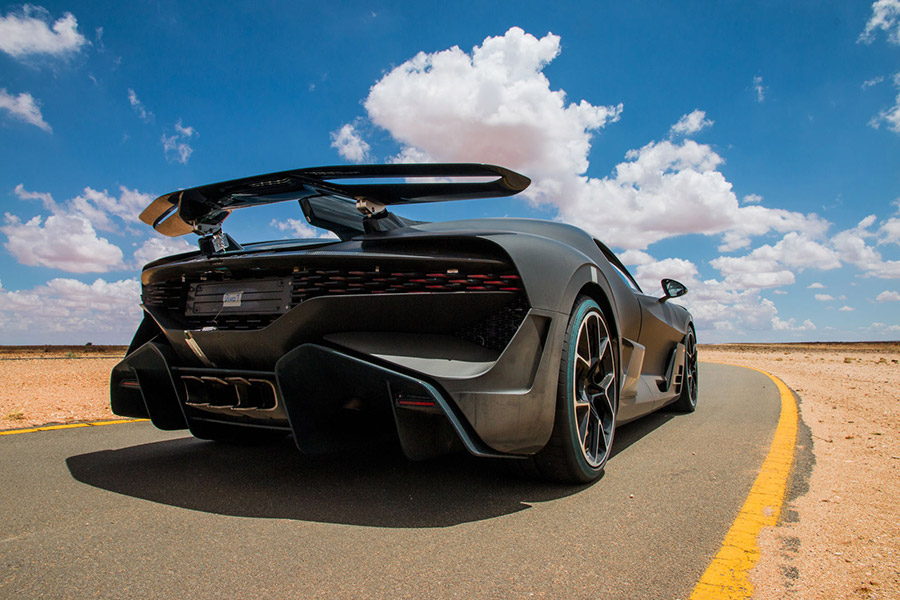
Chassis
Not surprisingly, the technology inside this agile performer is remarkable: it is powered by the 1,500 PS 8.0-litre W16 engine with 1,600 newton metres, which accelerates the Divo from 0 to 100 km/h in 2.4 seconds. But the journey to get to this point – and beyond – has confronted the entire team with major challenges. After extensive computer simulations, the first prototype completed its first test kilometres about a year after the project started. From the simulation, the engineers know the exact axle load data and can use these figures to design the chassis setup, including the appropriate spring rate. After this, the parameters for damper control are adjusted in small stages in combination with the wheel camber and the re-tuning of the steering system.
To do this, engineers take the car out on various testing grounds, winding roads and race tracks such as the Nürburgring Nordschleife. For chassis development alone they do more than 5,000 arduous kilometres of testing across all speed ranges up to 380 km/h in the three modes “EB”, “Motorway” and “Handling” – adjusting the setup again and again and refining it until all parameters are perfectly matched and the Divo’s agility can no longer be increased. “Trials are always intense, but with the Divo we’ve managed to refine the setup even further. Every change – no matter how small – was discussed in a small team and then followed up on for checking purposes. Only when all the developers were satisfied did we go about tackling the next task,” explains Lars Fischer, Head of Chassis Testing and Application at Bugatti.
The experts achieved this agility by using less weight, more downforce and a more direct chassis setup. This includes a change in wheel camber on the front and rear axles, harder springs and a more front-oriented balance. As a result, the Divo’s top speed is limited to 380 km/h. These measures increase agility, that is to say the vehicle’s response to the steering angle input. In addition, the Divo has shed a total of 35 kilograms in weight as compared to the Chiron thanks to systematic lightweight construction.
The engineers have made full use of the weight reduction to increase downforce, going to the limit of the tyres’ load capacity. This gives the Divo 90 kilograms more downforce, increasing this to 456 kilograms at 380 km/h. The result: significantly higher cornering speeds. All in all, the lateral acceleration of the Divo is increased to 1.6 g. As a result, the Divo is able to complete the handling circuit on the Nardò testing ground in southern Italy eight seconds faster than the Chiron – an unprecedented figure. “The Divo is entirely different to drive than the Chiron, even though both are fitted with the powerful W16 engine. This is particularly evident when driving on roads with plenty of bends. With even more precise steering and greater downforce, the Divo drives through corners even faster and more predictably,” explains Lars Fischer. Despite being a hyper sports car, the Divo remains well suited to everyday use.
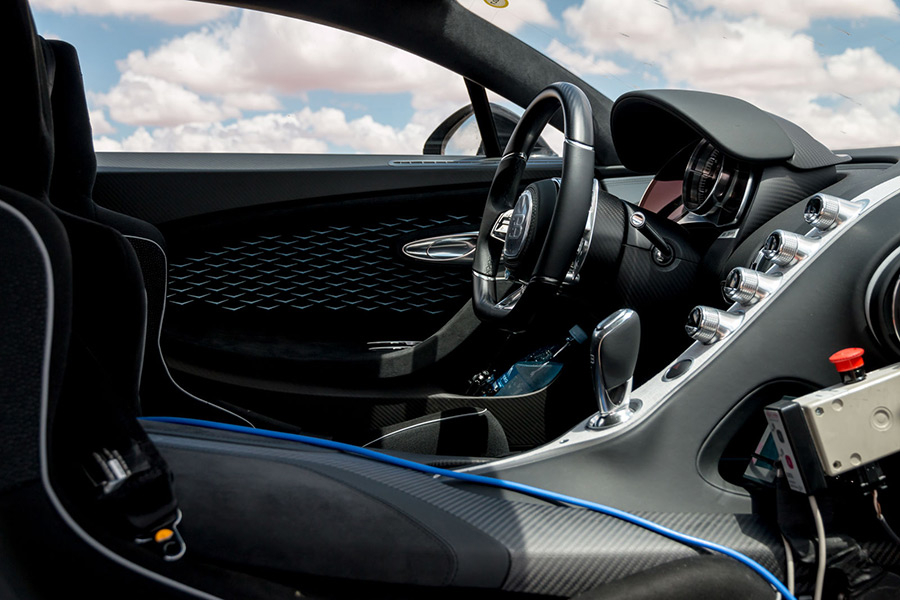
Aerodynamics
Bugatti devoted particular effort to developing the aerodynamic properties of the Divo. The bonnet now has air inlets that reduce the frontal area of the vehicle and improve the air flow. An optimised air curtain provides enhanced air ducting in the front and rear areas of the vehicle sides. Meanwhile, the newly shaped front spoiler serves to increase downforce, directing more air to the front air intakes. This supplies the cooling system with a greater air mass and increases overall cooling capacity. Four independent air sources on each side of the vehicle cool the brakes. Air comes from the high-pressure area above the front bumper, from the intakes on the front wings, from the intake at the front radiator and from the diffusers in front of the tyres. Blades guide the cold air onto the brake discs, while a heat shield directs the hot air directly through the wheels to the outside. This keeps the tyre temperature within the optimum range and prevents the brakes from overheating.
The experts even optimised the roof. In conjunction with the modified rear end, a high air mass flow into the engine compartment is achieved, thereby benefiting temperature management. At the same time, these measures prevent the air above the vehicle from swirling and developing turbulence at the rear wing. Fixed in height and 1.83 metres (72”) wide, the rear wing ensures a high level of downforce: it is 23 per cent wider than the rear wing on the Chiron, but its angle can still be adjusted for individual vehicle modes and continues to function as an air brake. The wing is supported by the rear diffuser, which is more efficiently designed and accommodates the four exhaust pipes.
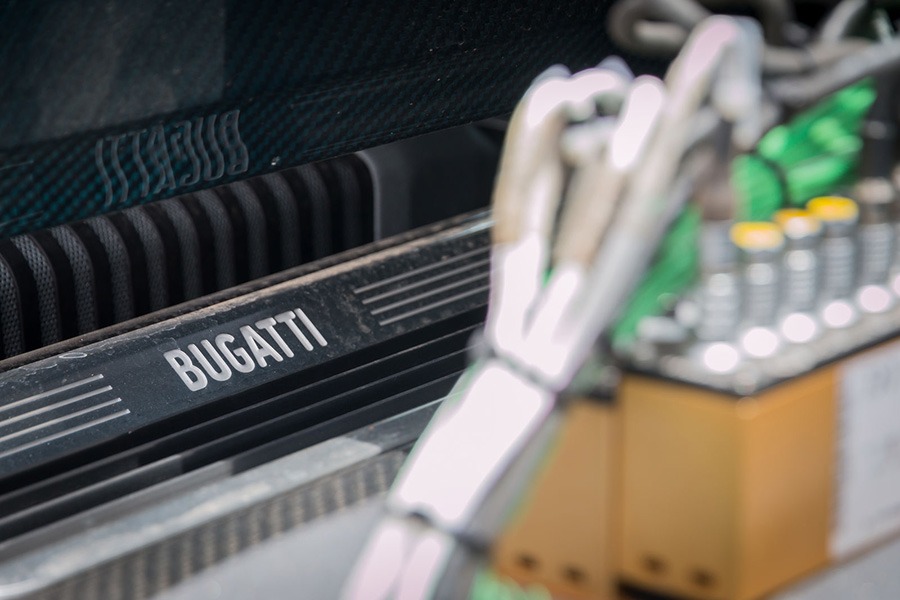
pipe with cover.
Design
In terms of design, too, the Divo also takes on a new path – clearly differentiated from the Chiron yet still instantly recognisable as a Bugatti. The designer team under Achim Anscheidt uncompromisingly configured the body form of the Divo for lateral acceleration, focusing on optimum aerodynamic and thermodynamic efficiency. These include a slimmer sideline and additional air intakes for brake cooling. The extremely compact and lightweight LED headlights with a flat light aperture of only 35 millimetres (1 3/8”) are particularly striking, as are the highly complex 3D tail light modules. These form part of the rear grille, which is partly produced using a 3D printing process and has special lightweight fins. A total of 44 of these fins illuminate to form the tail light system. In the interior, new sports seats with higher side bolsters hold the occupants securely in their seats even when cornering at very high speeds. The steering wheel is partially covered in Alcantara and has enlarged steering wheel-mounted shift paddles on both sides. This enables drivers to change gears manually and experience even greater driving pleasure.
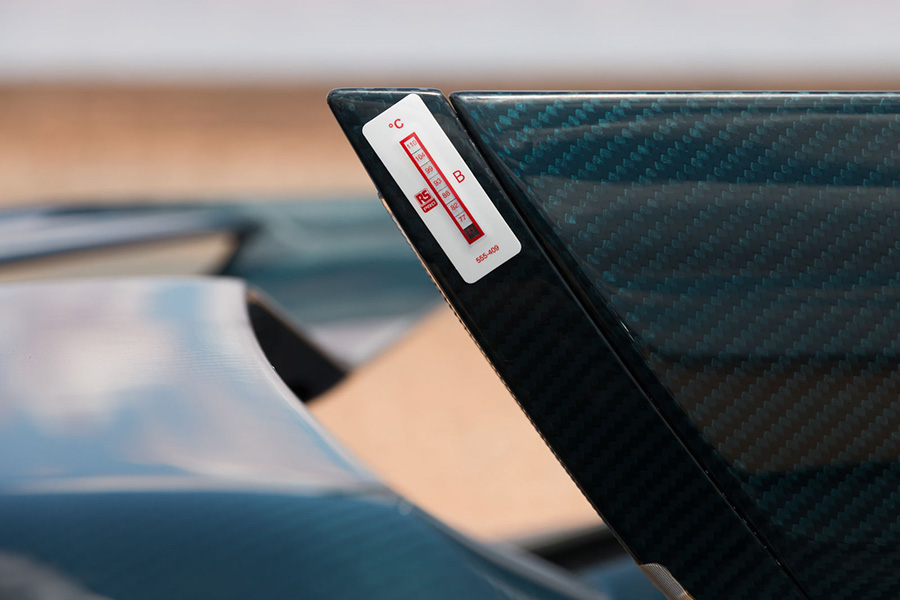
Reviving the coachbuilding tradition
With the Divo 2018, Bugatti is reviving its famous coachbuilding tradition. The word ‘coach’ originally means a carriage or car. “It’s equivalent to haute couture in the fashion industry. Coachbuilding is all about creating unique vehicles – individually tailored cars to suit personal tastes. The Divo perfectly embodies these values,” says Stephan Winkelmann. A long-established tradition yet almost forgotten. Almost 100 years ago, the French luxury brand already offered exceptional options for Bugatti customers with demanding aesthetic standards: coachbuilding – the craft of evolving exclusive vehicles into an even more exclusive form. This gave customers the opportunity to buy a vehicle without bodywork and have one fitted by a different body builder. They would then develop one-off vehicles with their respective customers. Well-known companies such as Gangloff, Weymann and Weinberger tailored the exclusive bodies for the Bugatti chassis – as did Bugatti itself. In this way, customers of the famous Bugatti Type 57 were able to place orders for different body styles such as Stelvio, Aravis, Galibier, Ventoux or Atalante from the factory. Bugatti’s most famous coachbuilding creation is without doubt the Type 57 SC Atlantic.
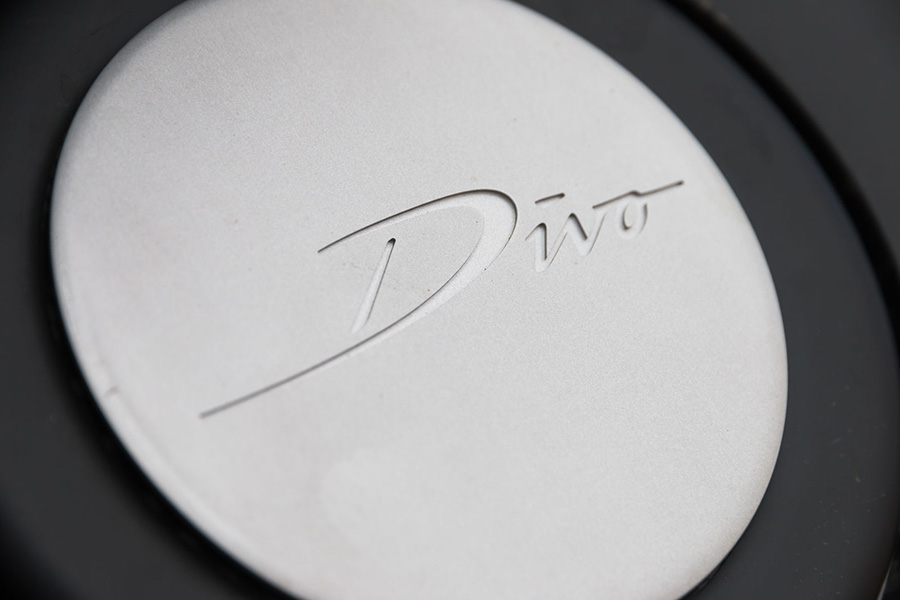
Albert Divo
A name that still resonates today – just like that of the Divo itself. It perfectly matches the new vehicle. Albert Divo was a French pilot and racing driver, and for some time also a works driver for Bugatti. Among other things, he won the Targa Florio in Sicily in 1928 and 1929 – a track with many bends. The legendary Targa Florio, which was held annually on a mountain track in Sicily up until 1977, was certainly one of the toughest endurance races of its time. Bugatti won the race five times in a row with the Type 35 – an agile and extremely sporty vehicle at that time. Just like the current Bugatti Divo.


